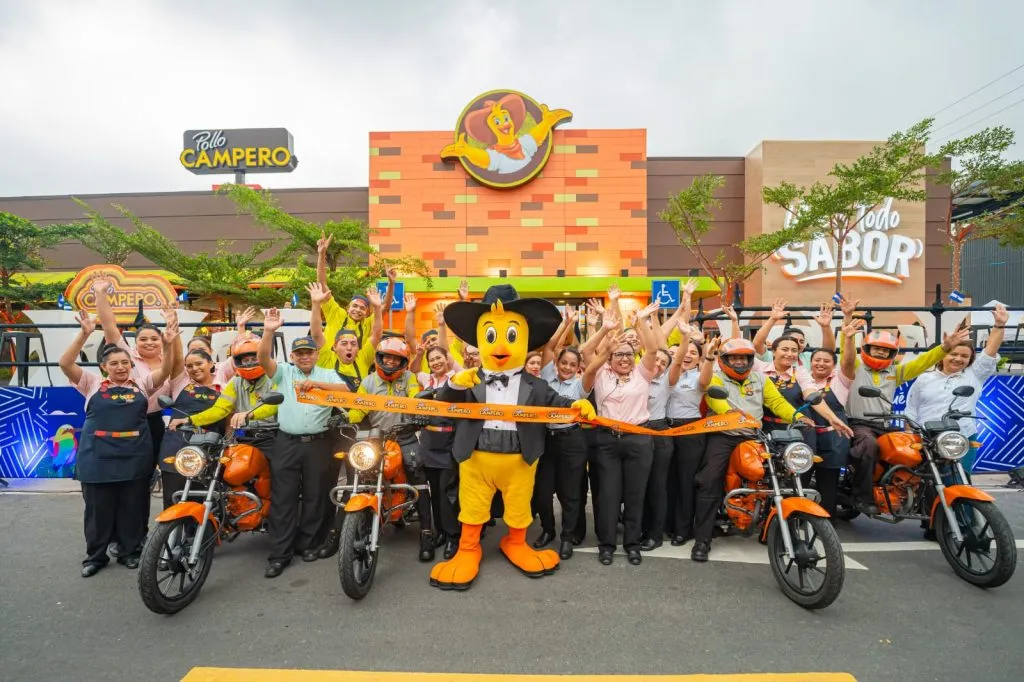Pollo Campero is a Guatemalan restaurant chain that has successfully expanded internationally with a unique focus on high-quality fast food. Since its founding in 1971, the brand has grown and established a presence across multiple continents, including North America, Europe, and Asia.
This case study examines some of Pollo Campero’s top strategies and innovations and how their approach offers valuable lessons for other restaurants.
The Secret Behind Pollo Campero’s Success
Pollo Campero’s success is no accident; it’s the result of a well-executed combination of quality, innovation, and deep customer insight.
Here are some of the key factors that have made the brand a leader in the fast-food industry.
1. Focus on Product Quality
Pollo Campero is famous for its unique fried chicken recipe, featuring a special blend of spices and a distinct marinating process. But the brand hasn’t rested on its laurels. They continuously invest in improving recipes and diversifying their menu to attract a broad range of customers.
Lesson for Other Restaurants: Quality comes first. No matter how much is spent on marketing or branding, if the product isn’t excellent, customers won’t return. Pollo Campero has shown that investing in food quality is the best way to build a loyal customer base.
2. Adapting to New Markets
One of the biggest challenges for any restaurant expanding internationally is adapting to the cultural and culinary preferences of each region. Pollo Campero has succeeded by adjusting its menu and offerings to meet local demands. For instance, in some markets, they introduced healthier menu options or local ingredients to cater to regional tastes.
Lesson for Other Restaurants: Adaptation is key to expansion. Every market is unique, and what works in one country might not work in another. Research and adjust your offerings to feel familiar and appealing to local consumers.
3. Menu Innovation
Pollo Campero has innovated by offering options beyond traditional fried chicken. From wraps and salads to breakfast items, the brand has kept a dynamic menu that adapts to food trends. Recently, they launched grilled chicken and gluten-free options to attract a wider, health-conscious audience.
Lesson for Other Restaurants: Don’t be afraid to experiment with new menu options. Keep an eye on food trends and consider adding dishes that appeal to a more diverse audience. Menu innovations not only attract new customers but also keep regulars interested.
4. Customer Experience
Pollo Campero also stands out for providing a warm, family-friendly experience. Rather than focusing solely on fast service, as many fast-food chains do, they strive to create an environment that blends quality and comfort.
Several of their locations have been redesigned to be more inviting, and customer service is prioritized as an essential part of the brand.
Lesson for Other Restaurants: Customer experience is as important as the food itself. From staff interactions to the restaurant’s ambiance, every detail contributes to brand perception. Investing in staff training and interior design can make a significant difference in customer loyalty.
5. Digital and Marketing Strategies
In today’s digital age, Pollo Campero has leveraged online platforms to connect with its audience. From social media campaigns to optimizing its online ordering system, the brand understands the importance of being where its customers are.
They use content marketing strategies, exclusive promotions, and loyalty programs to attract and retain customers.
Lesson for Other Restaurants: Digital presence is essential. If you’re not investing in online marketing, you’re missing a huge opportunity. Develop a digital strategy that includes social media, a functional website, and a user-friendly online ordering system. Consider creating a loyalty program to reward your repeat customers.
Final Thoughts
Pollo Campero has shown that success in the fast-food industry is not just about selling food quickly but about offering quality, experience, and adaptability.
If there’s one takeaway from Pollo Campero’s story, it’s the importance of constantly evolving and embracing change. Any restaurant can benefit by analyzing these strategies and adapting them to their unique context.
We hope this case study has inspired you to consider new ways to improve your business. Which of these strategies would you like to try first?






